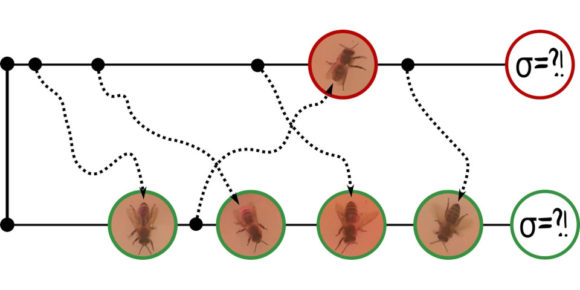Acaricide flumethrin-induced sublethal risks in honeybees are associated with gut symbiotic bacterium Gilliamella apicola through microbe-host metabolic interactions
Flumethrin is one of the few acaricides that permit the control of Varroa disease or varroosis in bee colonies. However, flumethrin accumulates in hive products. We previously discovered that sublethal doses of flumethrin induce significant physiological stress in honeybees (Apis mellifera L.), however its potential impacts on the honeybee gut microenvironment remains unknown. To fill…















